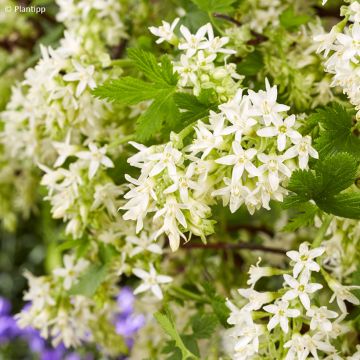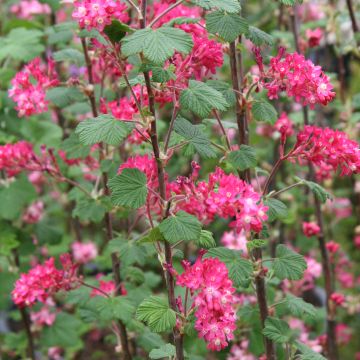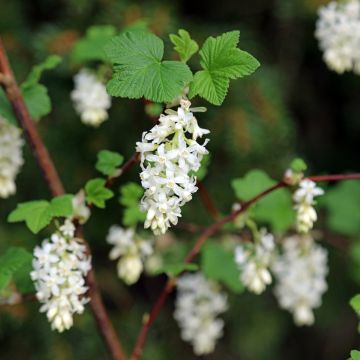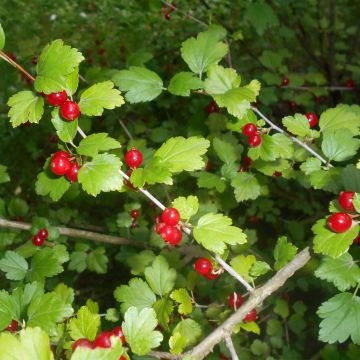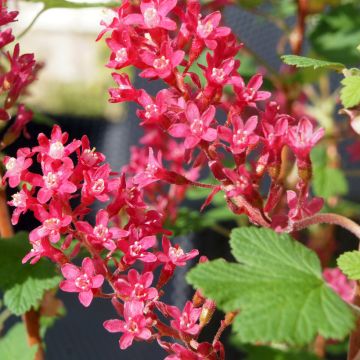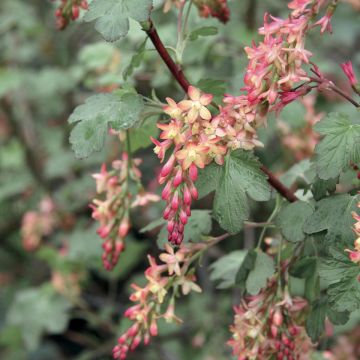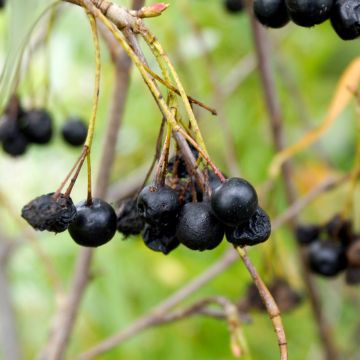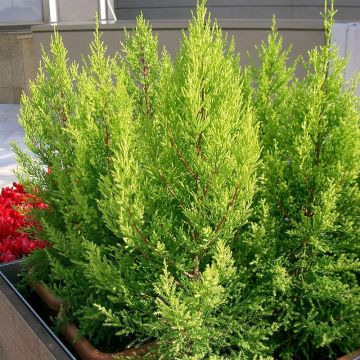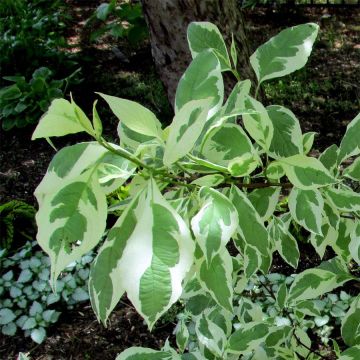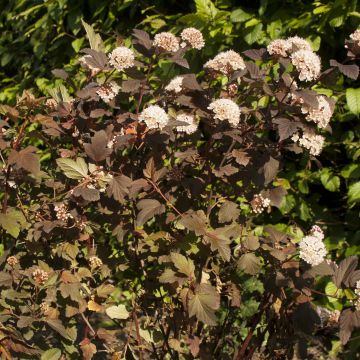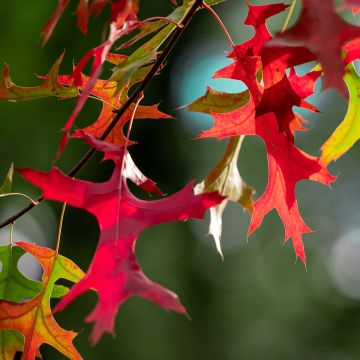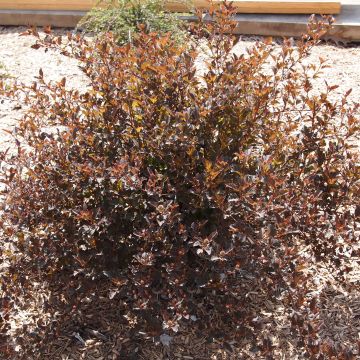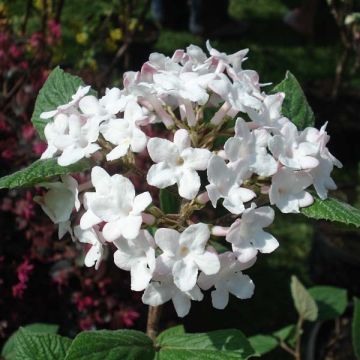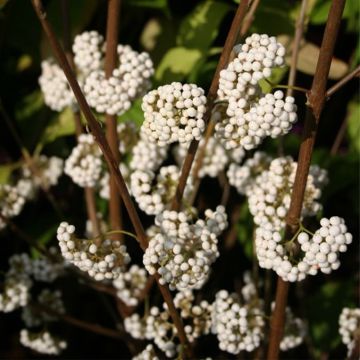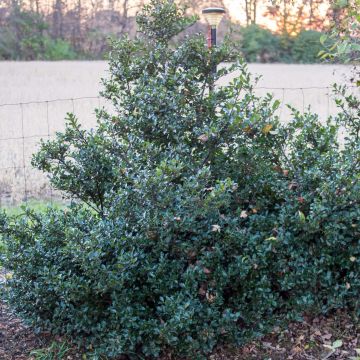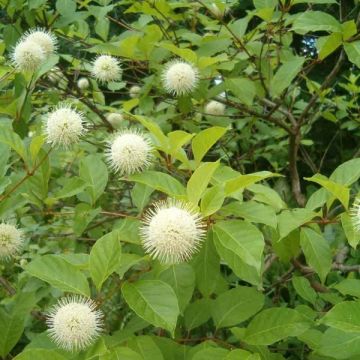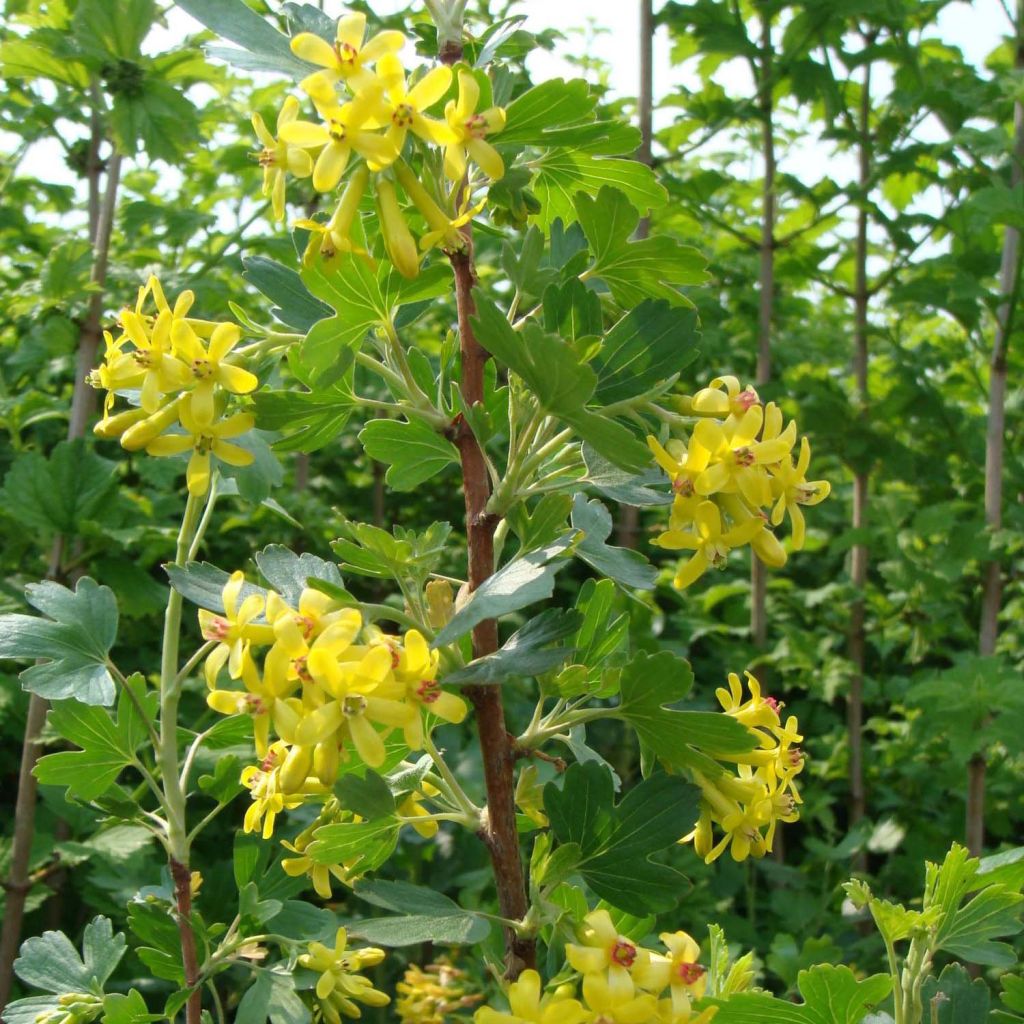

Ribes odoratum - Golden Currant
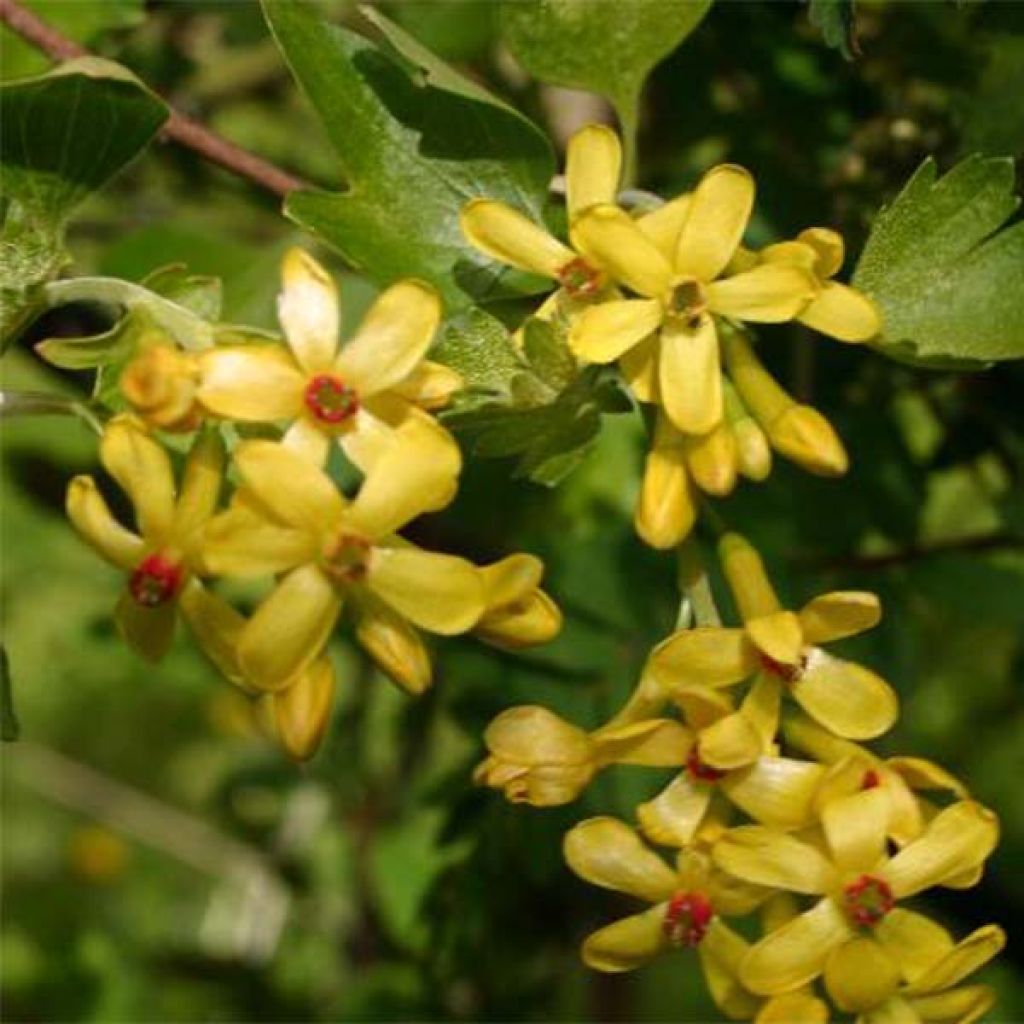

Ribes odoratum - Golden Currant
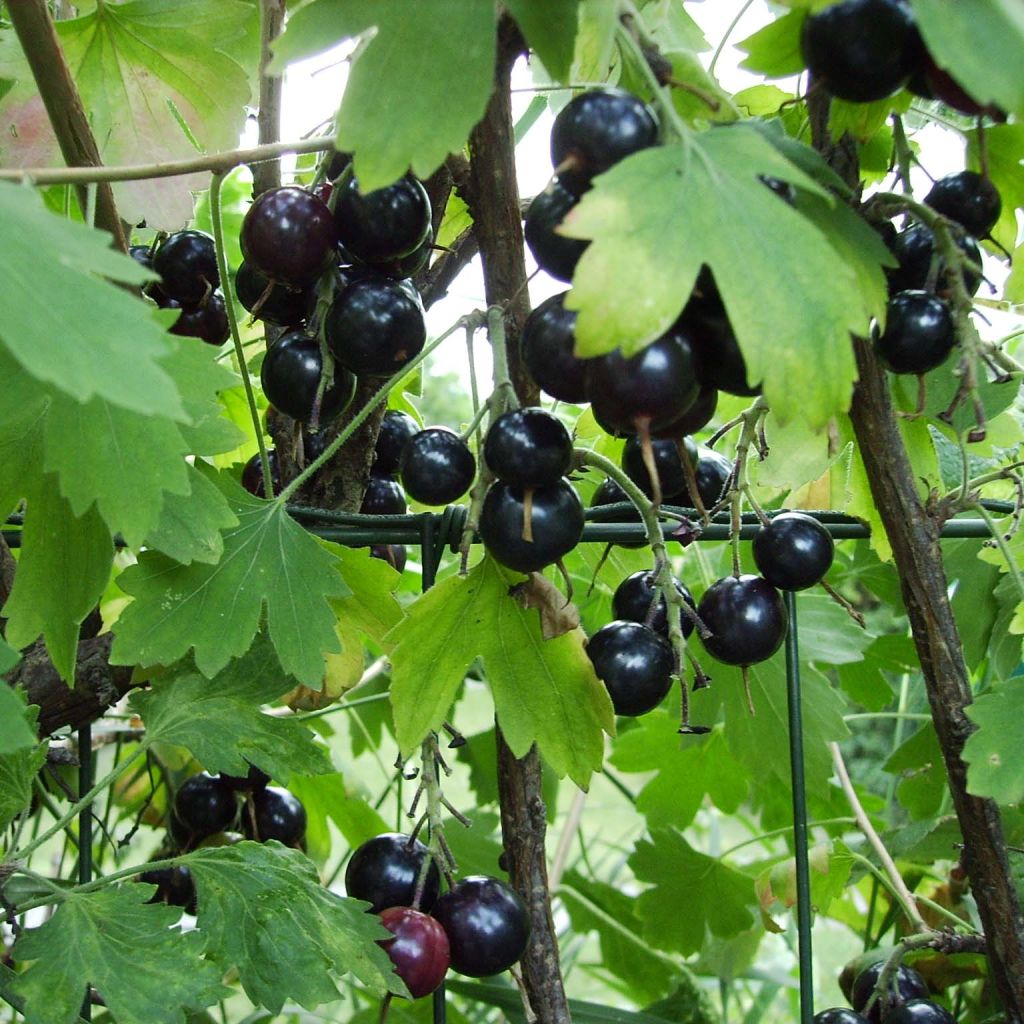

Ribes odoratum - Golden Currant
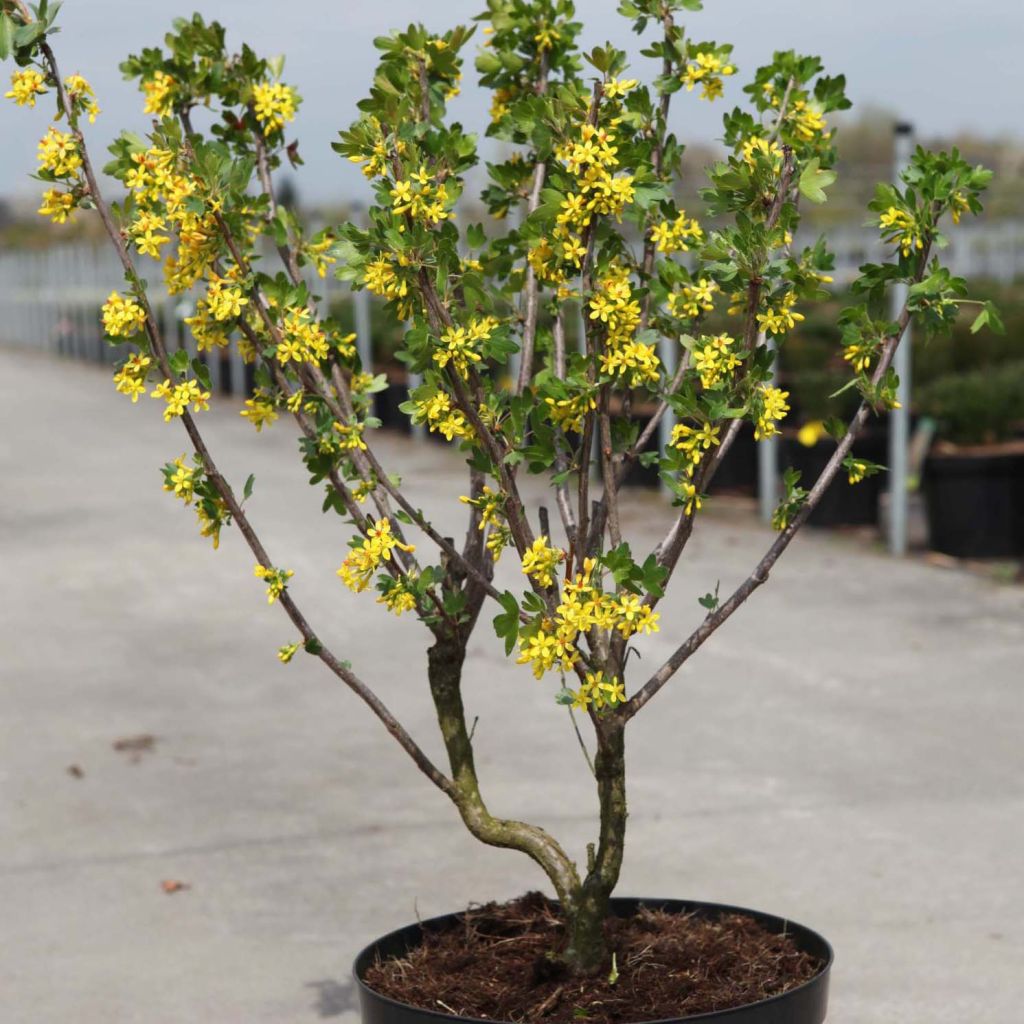

Ribes odoratum - Golden Currant
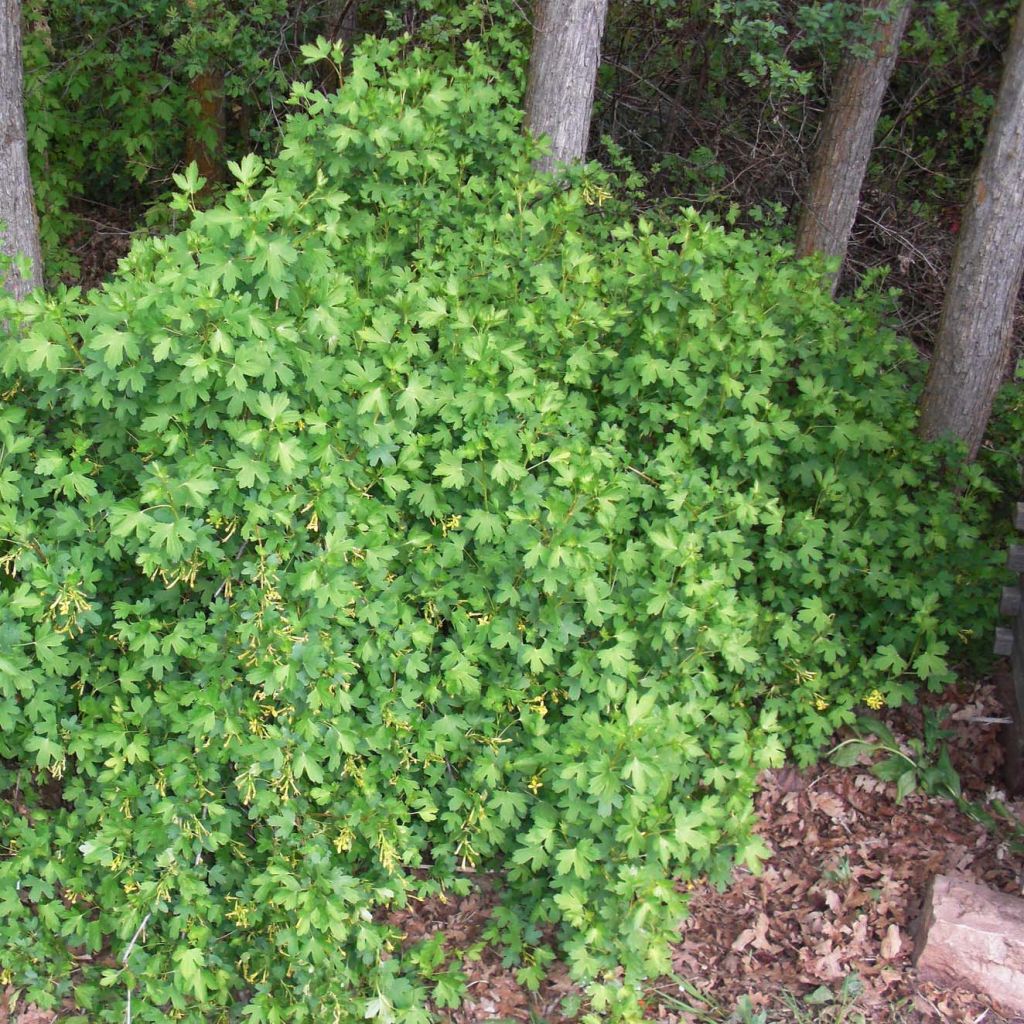

Ribes odoratum - Golden Currant
Ribes odoratum - Golden Currant
Ribes odoratum
Golden Currant, Clove Currant, Buffalo Currant
Two beautiful well-developed young plants received quickly and well packaged, no issues.
Olivier, 03/03/2023
This plant carries a 24 months recovery warranty
More information
We guarantee the quality of our plants for a full growing cycle, and will replace at our expense any plant that fails to recover under normal climatic and planting conditions.
From €5.90 for pickup delivery and €6.90 for home delivery
Express home delivery from €8.90.
From €5.90 for pickup delivery and €6.90 for home delivery
Express home delivery from €8.90.

Does this plant fit my garden?
Set up your Plantfit profile →
Description
Ribes odoratum, also known as golden currant, fragrant currant, or clove currant, is a deciduous bush adorned with abundant spring flowering in pendulous clusters of yellow flowers, with a delicate but pronounced fragrance. It is followed by black, edible but tasteless fruit in summer. This hardy currant is suitable for creating hedges or being planted alone or in groups in flower beds.
Golden currant belongs to the family of Grossulariaceae and is native to North America. It will reach an average size of 2 m (6.6 ft) in all directions. This flowering currant is a dense deciduous bush with a bushy and rounded habit. The young pubescent shoots evolve into always inermous (without thorns) branches. In April-May, after the leaves have emerged, pendulous clusters of numerous small yellow flowers appear. This fragrant flowering is pronounced, hence the species name, odoratum. The flowers are followed in August by small dark red cylindrical fruits. The foliage develops early in spring. The dentate light green leaves measure 5 cm to 7 cm (2 in to 2.8 in) and turn reddish-purple in autumn.
Plant Ribes odoratum in ordinary, deep, even calcareous, rich, and moist soil. This bush thrives in partial shade or full sun. Pruning is not necessary, except to remove dead wood or correct a slightly sparse habit. After flowering, the branches should be pruned back by one-third of their size. At planting, do not hesitate to bury part of the collar to promote good rooting.
Golden currant suits all gardens, in a free or rustic hedge, shrub beds, or even alone. While it is more floriferous in sunny locations, it also tolerates shade, which can be useful for thickening a north-facing hedge. You can include it in a spring scene with lilacs, mock oranges, Mexican orange blossom, Syringa microphylla 'Superba', and Exochorda racemosa 'The Bride'. Finally, to fully enjoy its flowers and fragrance, you can cut some budded branches that will bloom indoors.
Report an error about the product description
Ribes odoratum - Golden Currant in pictures
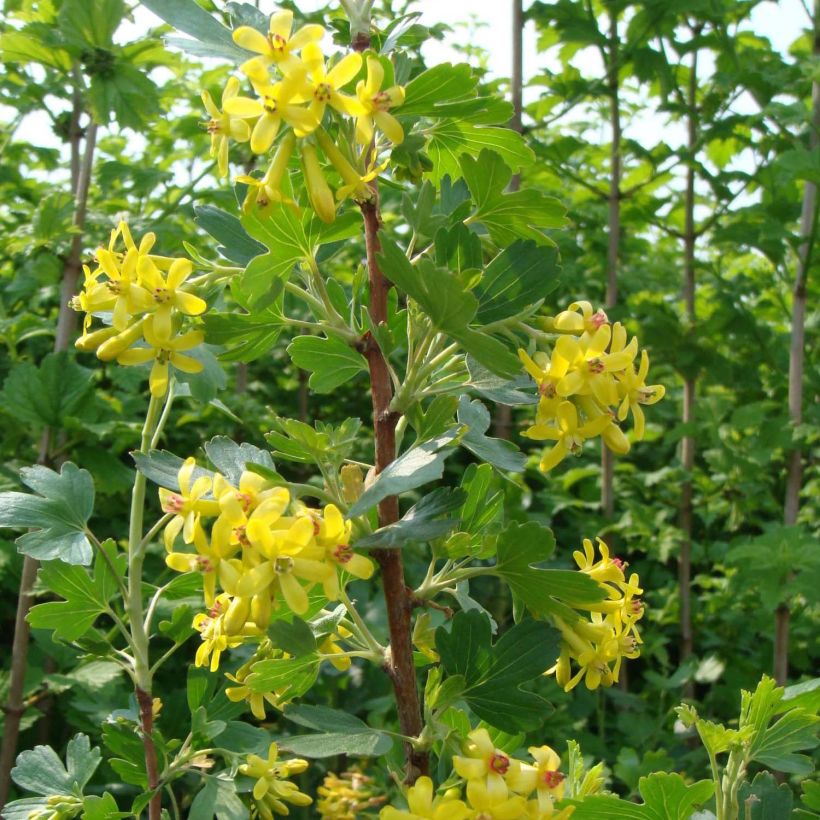

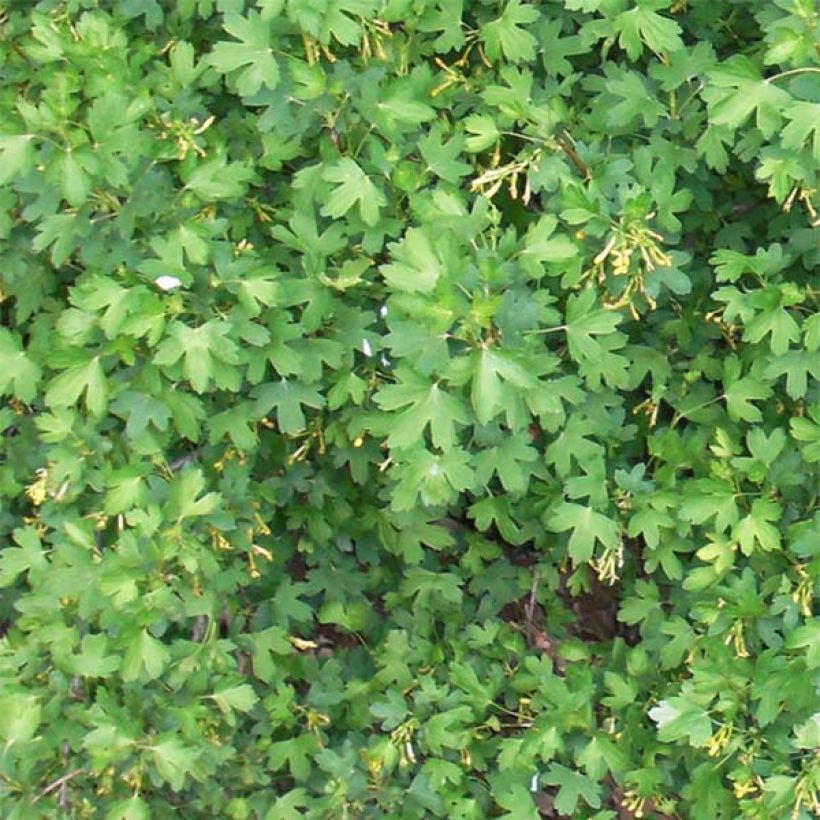

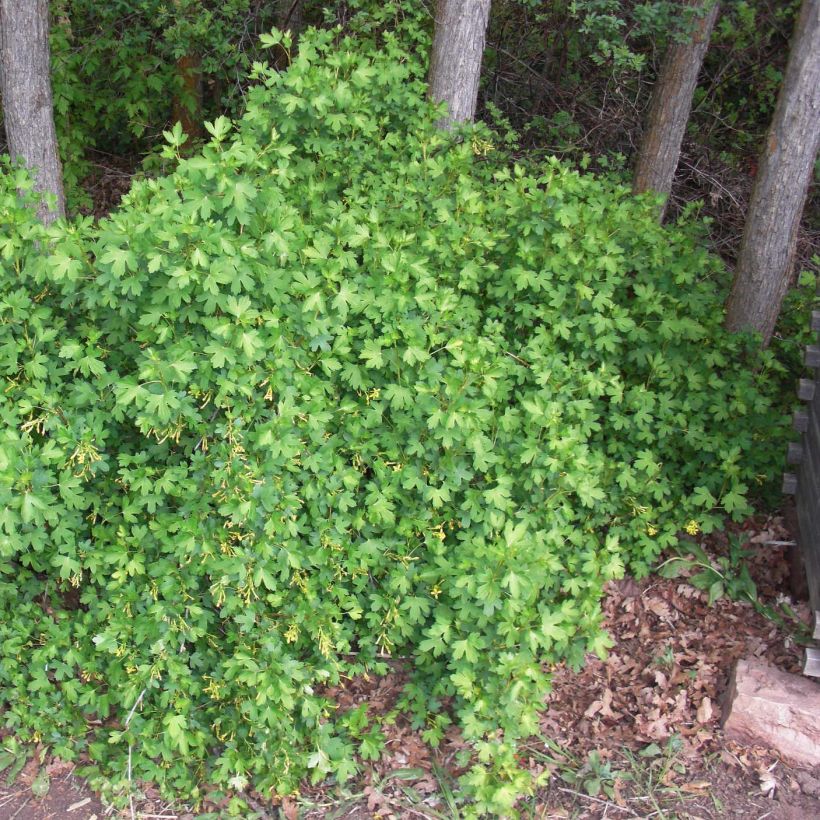

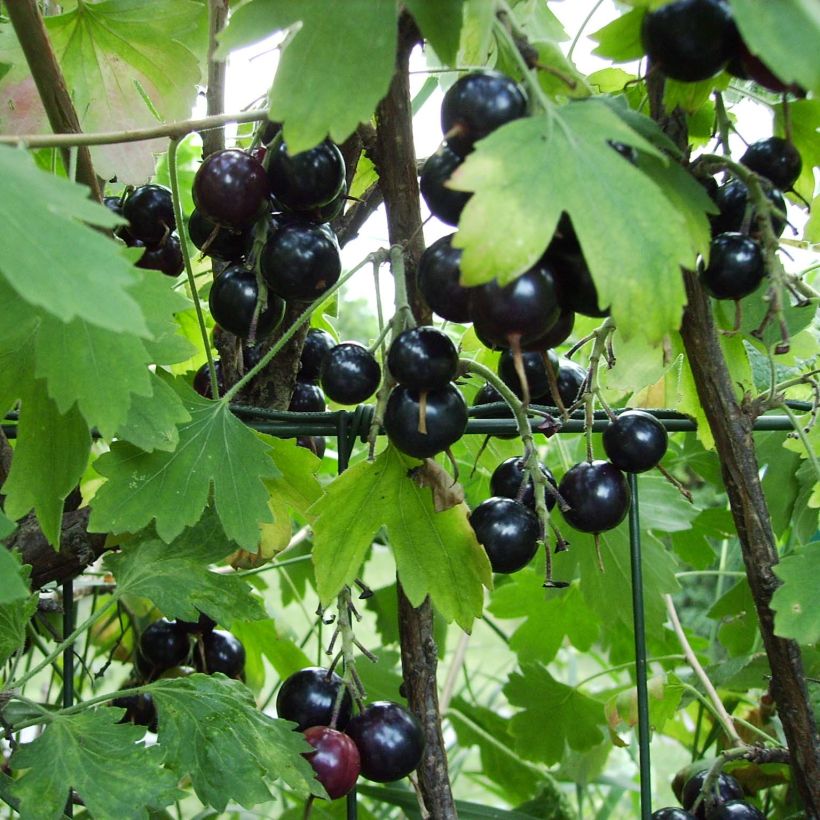

Plant habit
Flowering
Foliage
Botanical data
Ribes
odoratum
Grossulariaceae
Golden Currant, Clove Currant, Buffalo Currant
North America
Other Ribes - Flowering Currants
Planting and care
Plant in ordinary, deep, even limestone, rich and moist soil. This bush will thrive in partial shade or in full sun. Pruning is not necessary, except to remove dead wood or correct a slightly sparse habit. Prune the branches back to one-third of their size after flowering. When planting, do not hesitate to bury part of the collar to promote good root growth.
Planting period
Intended location
Care
-
, onOrder confirmed
Reply from on Promesse de fleurs
Hedge shrubs
Haven't found what you were looking for?
Hardiness is the lowest winter temperature a plant can endure without suffering serious damage or even dying. However, hardiness is affected by location (a sheltered area, such as a patio), protection (winter cover) and soil type (hardiness is improved by well-drained soil).

Photo Sharing Terms & Conditions
In order to encourage gardeners to interact and share their experiences, Promesse de fleurs offers various media enabling content to be uploaded onto its Site - in particular via the ‘Photo sharing’ module.
The User agrees to refrain from:
- Posting any content that is illegal, prejudicial, insulting, racist, inciteful to hatred, revisionist, contrary to public decency, that infringes on privacy or on the privacy rights of third parties, in particular the publicity rights of persons and goods, intellectual property rights, or the right to privacy.
- Submitting content on behalf of a third party;
- Impersonate the identity of a third party and/or publish any personal information about a third party;
In general, the User undertakes to refrain from any unethical behaviour.
All Content (in particular text, comments, files, images, photos, videos, creative works, etc.), which may be subject to property or intellectual property rights, image or other private rights, shall remain the property of the User, subject to the limited rights granted by the terms of the licence granted by Promesse de fleurs as stated below. Users are at liberty to publish or not to publish such Content on the Site, notably via the ‘Photo Sharing’ facility, and accept that this Content shall be made public and freely accessible, notably on the Internet.
Users further acknowledge, undertake to have ,and guarantee that they hold all necessary rights and permissions to publish such material on the Site, in particular with regard to the legislation in force pertaining to any privacy, property, intellectual property, image, or contractual rights, or rights of any other nature. By publishing such Content on the Site, Users acknowledge accepting full liability as publishers of the Content within the meaning of the law, and grant Promesse de fleurs, free of charge, an inclusive, worldwide licence for the said Content for the entire duration of its publication, including all reproduction, representation, up/downloading, displaying, performing, transmission, and storage rights.
Users also grant permission for their name to be linked to the Content and accept that this link may not always be made available.
By engaging in posting material, Users consent to their Content becoming automatically accessible on the Internet, in particular on other sites and/or blogs and/or web pages of the Promesse de fleurs site, including in particular social pages and the Promesse de fleurs catalogue.
Users may secure the removal of entrusted content free of charge by issuing a simple request via our contact form.
The flowering period indicated on our website applies to countries and regions located in USDA zone 8 (France, the United Kingdom, Ireland, the Netherlands, etc.)
It will vary according to where you live:
- In zones 9 to 10 (Italy, Spain, Greece, etc.), flowering will occur about 2 to 4 weeks earlier.
- In zones 6 to 7 (Germany, Poland, Slovenia, and lower mountainous regions), flowering will be delayed by 2 to 3 weeks.
- In zone 5 (Central Europe, Scandinavia), blooming will be delayed by 3 to 5 weeks.
In temperate climates, pruning of spring-flowering shrubs (forsythia, spireas, etc.) should be done just after flowering.
Pruning of summer-flowering shrubs (Indian Lilac, Perovskia, etc.) can be done in winter or spring.
In cold regions as well as with frost-sensitive plants, avoid pruning too early when severe frosts may still occur.
The planting period indicated on our website applies to countries and regions located in USDA zone 8 (France, United Kingdom, Ireland, Netherlands).
It will vary according to where you live:
- In Mediterranean zones (Marseille, Madrid, Milan, etc.), autumn and winter are the best planting periods.
- In continental zones (Strasbourg, Munich, Vienna, etc.), delay planting by 2 to 3 weeks in spring and bring it forward by 2 to 4 weeks in autumn.
- In mountainous regions (the Alps, Pyrenees, Carpathians, etc.), it is best to plant in late spring (May-June) or late summer (August-September).
The harvesting period indicated on our website applies to countries and regions in USDA zone 8 (France, England, Ireland, the Netherlands).
In colder areas (Scandinavia, Poland, Austria...) fruit and vegetable harvests are likely to be delayed by 3-4 weeks.
In warmer areas (Italy, Spain, Greece, etc.), harvesting will probably take place earlier, depending on weather conditions.
The sowing periods indicated on our website apply to countries and regions within USDA Zone 8 (France, UK, Ireland, Netherlands).
In colder areas (Scandinavia, Poland, Austria...), delay any outdoor sowing by 3-4 weeks, or sow under glass.
In warmer climes (Italy, Spain, Greece, etc.), bring outdoor sowing forward by a few weeks.

































